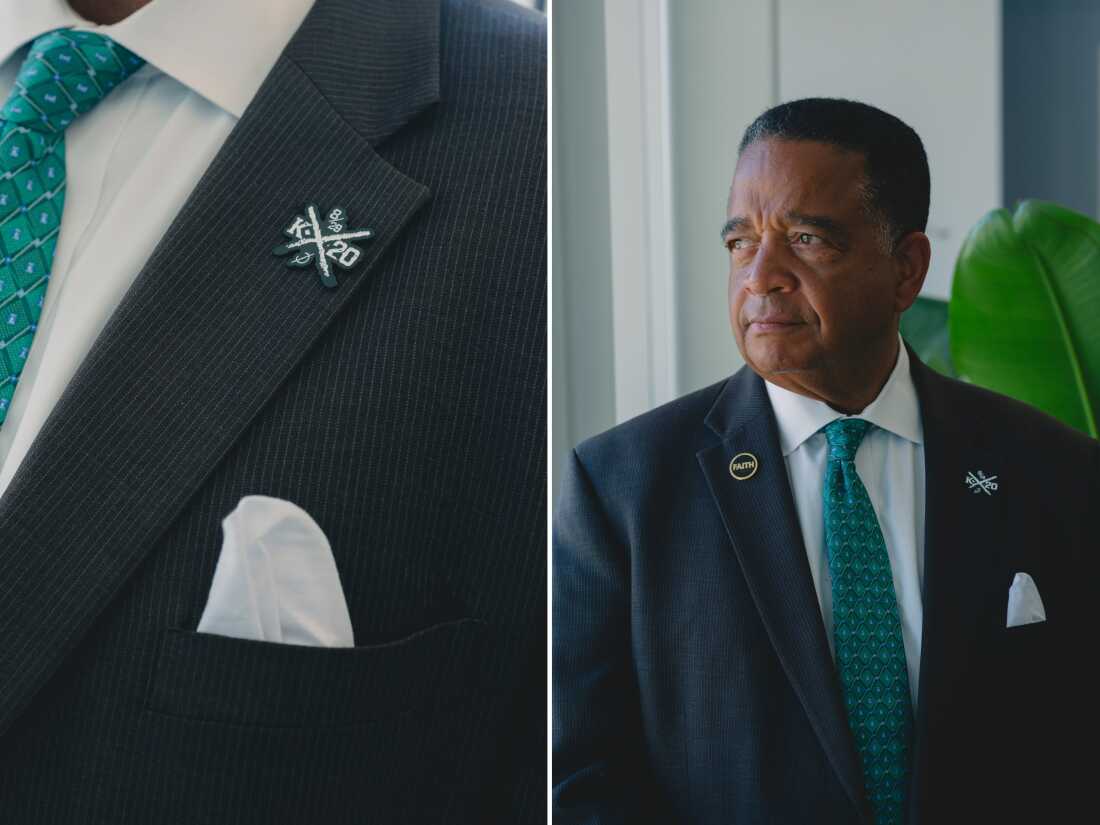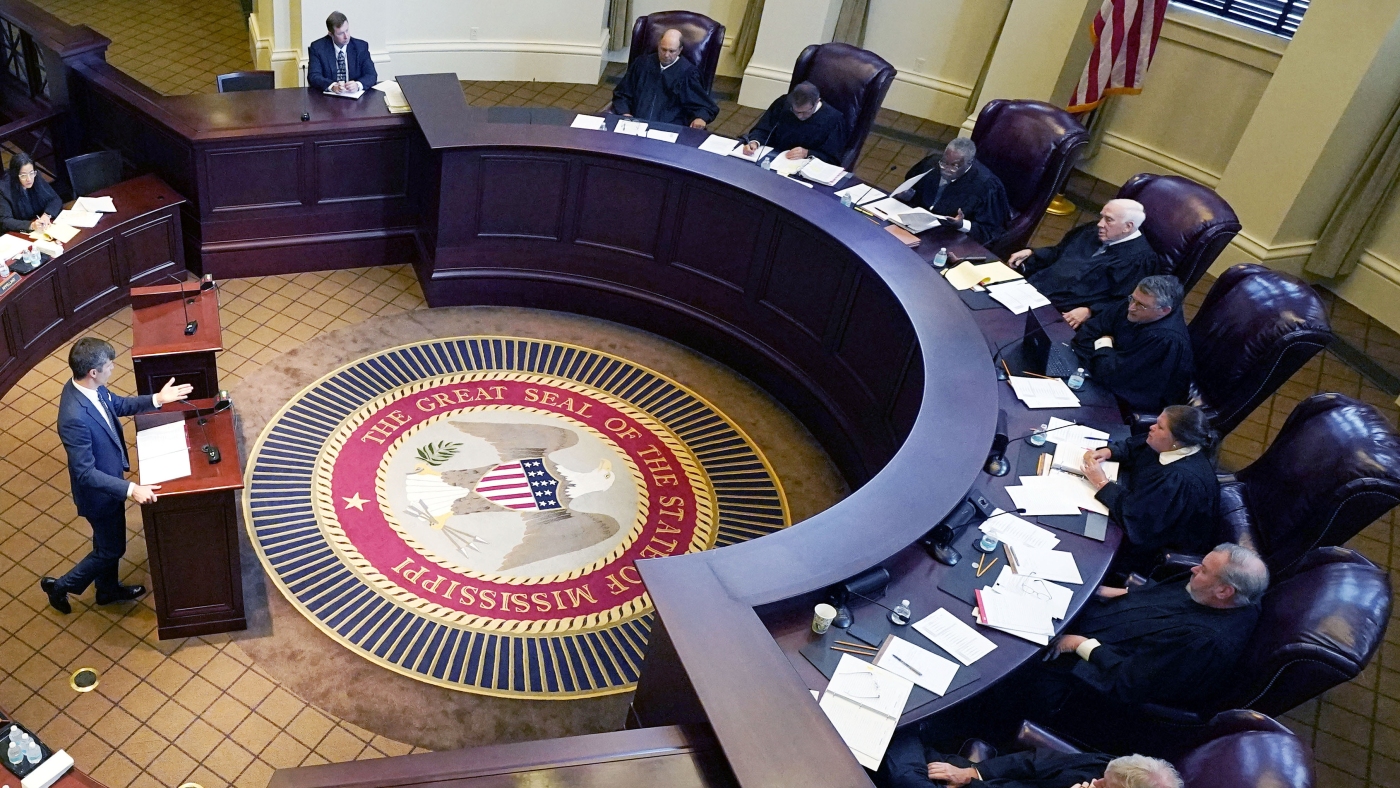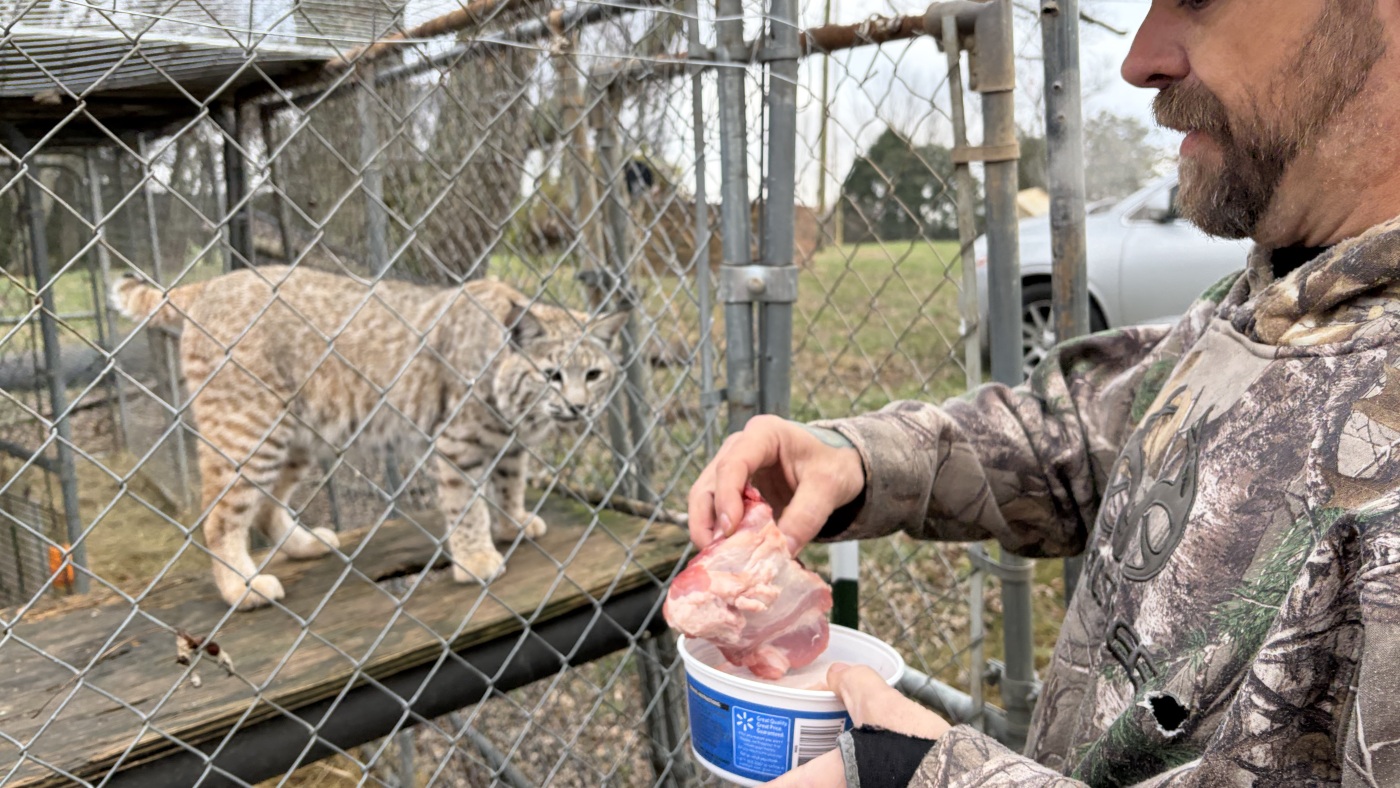
Insert names here Camille Lenain for NPR hide caption
toggle caption
Camille Lenain for NPR
20 years ago last week, Hurricane Katrina made landfall in Plaquemines Parish, Louisiana, about 50 miles southeast of New Orleans. Thousands of people had evacuated in advance of the monster storm. But many stayed behind. And even before the storm made landfall, the levees protecting New Orleans began to fail, overwhelmed by heavy rain and massive storm surges.The flooding was catastrophic and the scars from Katrina, which killed nearly 1,400 people across the Gulf Coast, are still evident today.
Katrina remains the costliest storm on record and recovery has come in fits and starts.
In New Orleans, entire neighborhoods were decimated.

An aerial view of rebuilt homes amid vacant lots where homes once stood in the Lower Ninth Ward on August 26, 2025 in New Orleans, Louisiana. The historic predominantly Black community of the Lower Ninth Ward held thousands of families and had a high rate of multi-generational homeownership. Multiple levee breaches inundated the entire Lower Ninth Ward during the storm, killing many and damaging or destroying thousands of homes. The Lower Ninth Ward currently holds about one-third of its pre-Katrina population. Brandon Bell/Getty Images hide caption
toggle caption
Brandon Bell/Getty Images
The disaster challenged the government's responsibility to its citizens and their citizens' responsibilities to each other.
LINK: https://www.npr.org/2025/08/26/nx-s1-5469875/hurricane-katrina-lower-ninth-ward-20-years
In the city's Ninth Ward, which is in the easternmost part of New Orleans, residents told us they couldn't imagine living anywhere else. Here are some of their stories:
Eugene Green Jr., (age 67)
Current New Orleans City council member and realtor Eugene Green Jr.'s home in the Gentilly neighborhood was flooded during the storm. At the time, his children were 15, 8 and 6. He relocated his family to Houston but returned weekly to New Orleans to help rebuild and encourage others to come back. Six months later, his family moved back home.

New Orleans District D. Councilman Eugene Green wears a badge of remembrance in honor of 20 years since Hurricane Katrina. Camille Lenain for NPR hide caption
toggle caption
Camille Lenain for NPR
"Sometimes it's hard to remember that people were kept away from their houses for a year," Green said. "If you had a job and lost it, you had to get one somewhere else. A lot of people also lost their homes because the Road Home Program gave money based on property value. In low-income areas, you couldn't get as much money. So many people couldn't return." (Road Home was a housing recovery program funded by the federal government.)
Marguerite Doyle-Johnston (age 67)
An office administrator at the Southern University at New Orleans, Marguerite Doyle-Johnston has long been known for helping her neighbors in times of crisis. Her roots in the Desire neighborhood go back generations. She's been flooded out multiple times but still lives on Desire Street.

Marguerite Johnston in the house her grandfather bought and finished building. Johnston is a lifelong resident of the Desire/Florida neighborhood in the Upper 9th Ward in New Orleans, Louisiana. Camille Farrah Lenain for NPR hide caption
toggle caption
Camille Farrah Lenain for NPR
"Prior to the Hurricane, my family and I used to give these big block parties," she said. "We'd have senior citizens in the community come sign up in the event of something like this [Katrina]. But what happened was when they see a hurricane was about to hit, OPD said 'Marguerite, don't you break in that school again.'" That's because she would break into locked school buildings to secure shelter for those most in need.
Doyle-Johnston said that New Orleans will always be her home. "I was on one of the boats with the police officers when I see the back of my house, the chimney, all of that, caved in. It was gone. I knew I was going to build back – that was my heritage. My grandfather passed it down to us."

Marguerite Johnston touches a frame photograph of her son Chivas, who was killed on January 13th 2007 while living in a FEMA trailer nextdoor. Johnston is a lifelong resident of the Desire/Florida neighborhood in the Upper 9th Ward in New Orleans, Louisiana. Camille Farrah Lenain for NPR hide caption
toggle caption
Camille Farrah Lenain for NPR

Marguerite Johnston touching the plant she started growing after her son Chivas, was killed on January 13th 2007 while living in a FEMA trailer next door. Johnston is a lifelong resident of the Desire/Florida neighborhood in the Upper 9th Ward in New Orleans, Louisiana. Camille Farrah Lenain for NPR hide caption
toggle caption
Camille Farrah Lenain for NPR
Adolph Bynum Sr. (age 86)
Bynum lives in Tremé but spent a half century working in the Desire community, running Bynum's pharmacy.
"Everyone knew about Bynum pharmacy," he said. "We set up the people of low income. We had layaway for toys. Christmas eve was our busiest day of the year," Bynum recalled. "I cashed checks on welfare day and social security day. We had a dentist, a doctor's clinic, a deli. Everyone came to Bynum's because we took the electric bills, the water bills. Whatever you needed, we had it."
He offered a $20 credit line and knew most customers by name. Though his home didn't flood, the pharmacy didn't survive Katrina. After the storm, he would go on to make a career out of restoring historic homes.
Brittany Penn (age 36)
Penn was 16 when Katrina hit. She lives three doors down from her current business: a hair salon and rental units she owns on Desire Street.
Her parents , who managed property, insisted on fixing up their flooded home. Penn helped scrub the walls and still lives there today. She later turned that experience into a career.
Using profits from her hair extension business, she invested in real estate in the neighborhood.
"We used to be able to do everything in our community," she said. "Everything was done in the Ninth Ward. After Katrina, seeing all these empty houses, so many vacant houses, it's really different."
Both of her parents have since died of cancer.
Kenneth Avery (age 74)
Avery grew up in an affordable housing development in the Desire neighborhood and has lived through multiple hurricanes. His home in Gordon Plaza flooded but he would rebuild using his insurance.
Later, the property was declared a Superfund site due to underground hazardous waste, and he was bought out.
"The people in the neighborhood saw unusual things going on and hundreds of people were dying from cancer," Avery said.
He now lives in a new home in Gentilly.

 3 months ago
47
3 months ago
47

















































